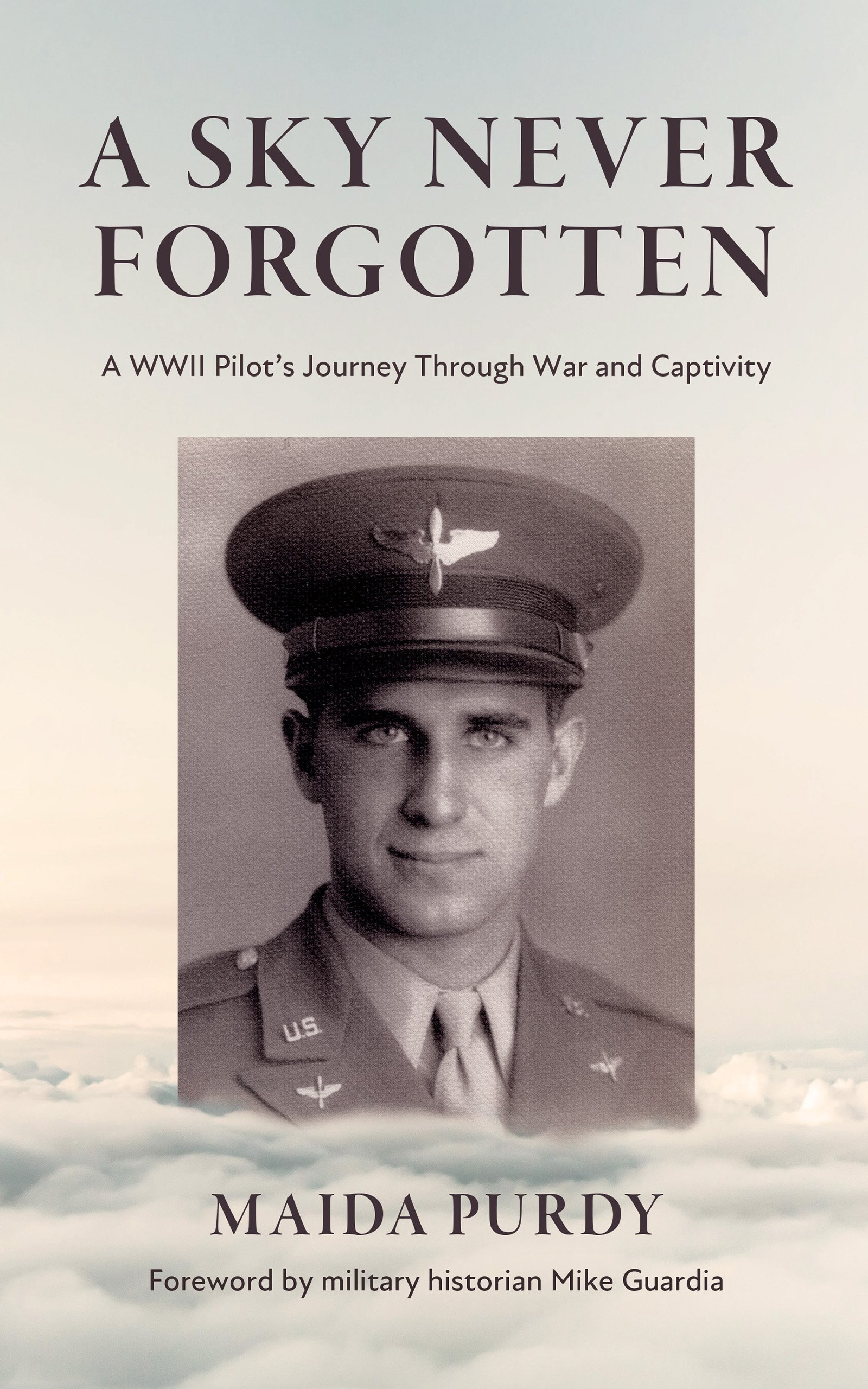Wilbur W. Mayhew
November 1942
When we returned from this mission, our crew was given a 3-day pass. Major Fennell loaded the crew in a staff car and headed for Cairo. My first impression of Cairo was one of disgust, but I soon grew to like the place fairly well. It is smelly, the streets are dirty, and the peddlers nearly drive you to murder. I think the Arabs are worse than the Hindus when it comes to trying to make you buy something. I do not think there is a thing in the world those peddlers did not have.
On our first day there ( 12 November 1942 ) the enlisted men of our crew hired an Arab guide and headed for the Citadel and the pyramids. The Citadel is what remains of an old fort overlooking the city from the hills, that once served as the guardian of Cairo. The most prominent and interesting part of the Citadel is the Mosque of Mohamed Ali. It is one of the most beautiful structures I have ever seen. The interior is solid alabaster with beautiful stained glass windows all around it. There are hundreds of chandeliers hanging in the main room, reflecting the light from the stained windows. As it is an Islamic structure, the guide had to remove his shoes before entering the building, and we had to tie a canvas covering over our shoes. You can wear your hat inside, but not your shoes. From outside the structure you can look down on all of Cairo and see far out into the Sahara Desert. A great many anti-aircraft guns are located in the hills around the Citadel. A very interesting thing happened while we were looking over the area. Usually the guns are pointing toward the sky, but while we were standing there, a German reconnaissance plane flew over. We could not see the plane but we could see the vapor trail it left behind. Instantly all the guns disappeared from view so that the cameras in the plane could not record their locations. As soon as the plane left the area, the guns pointed toward the sky agam.
Next we drove out to the pyramids, which are just on the ourskirts of the city on the western side of the Nile River. We had to ride camels the last mile or so to the pyramids. There are three of them located in this particular spot. They are the pyramids of Cheops (Khufu), Khephren, and Menkaure. The Sphinx is near the pyramid ofKhephren. We climbed up the outside of Cheops to the entrance that led to the chambers inside the pyramid. We climbed inside to the King's Room, which is in the exact center of the pyramid. There is a long, dark stair leading up to it. While climbing, you can not see a thing but the lantern of the guide at the head of the procession. All the treasure had been taken from the pyramid long ago.
We returned to Abu Sueir at the end of our three days and continued with our bombing. Nothing out of the ordinary happened on any of the next few raids, however.
General Dwight Eisenhower landed the "Torch" troops in North Africa 8 November 1942. The Germans in North Africa now were caught between the Yanks in Algeria and the British in Libya. Major Max Fennell's crew was selected to take nearly all the high ranking Air Force officers from Cairo, Egypt to Algiers, Algeria to confer with General Eisenhower. (We had been flying bombing missions in support of the British 8th Army from Palestine and Egypt since July 1942. ) Needless to say, we felt rather honored.
The website 376bg.org is NOT our site nor is it our endowment fund.
At the 2017 reunion, the board approved the donation of our archives to the Briscoe Center for American History, located on the University of Texas - Austin campus.
Also, the board approved a $5,000 donation to add to Ed Clendenin's $20,000 donation in the memory of his father. Together, these funds begin an endowment for the preservation of the 376 archives.
Donate directly to the 376 Endowment
To read about other endowment donation options, click here.
Reunion
NOTE change in the schedule !!
DATES: Sep 25-28, 2025
CITY:Rapid City, SD
HOTEL: Best Western Ramkota Conference Hotel; 2111 North LaCrosse St., Rapid City, SD 57702; 605-343-8500
Click here to read about the reunion details.




















